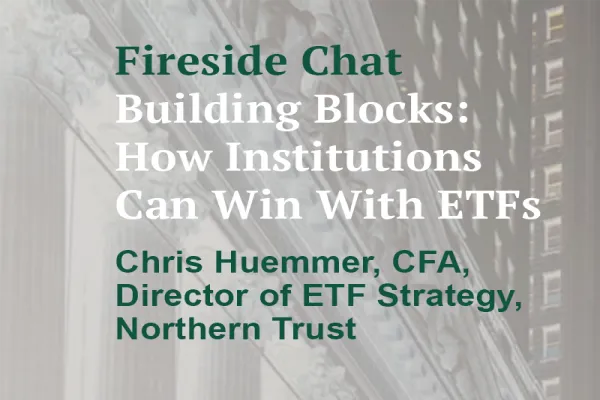A Federal Reserve economist says that endowments and foundations shouldn’t divest shares of companies in opposition to their charitable goals – they should buy more.
In a paper last week by the Fed’s Board of Governors, author Brigitte Roth Tran offered a counterintuitive approach to mission-driven investing, saying non-profits should invest in firms whose activities run against their own objectives, as a “mission hedge.” A lung-cancer-fighting foundation could benefit from investing even more heavily in tobacco than a standard portfolio, according to Tran, who says doubling down on correlated companies can align a foundation’s funding availability with its spending needs.
The approach is similar to the liability-hedging strategy widely employed by corporate defined benefit plans, in which plan sponsors invest in bonds whose durations match the lifespans of retirees. But it is the exact opposite of the socially responsible and impact investing strategies endowments and foundations have increasingly adopted in recent years, wherein institutions aim to invest only in companies aligned with their goals.
For example, a foundation fighting obesity might invest in community exercise facilities while blacklisting sugary drink makers. But excluding objectionable firms from portfolios can detract from the goal, according to the paper, even as it helps investors make political statements or places pressure on share prices to influence behavior.
“Unfortunately,” Tran wrote, “these approaches ignore covariance between a firm’s financial returns and activities related to the foundation’s mission.”
By skewing investments toward “bad” firms, investors can make their mission outcomes more certain, she said, “much as traditional hedging makes financial outcomes more certain.”
There are some exceptions as well as possible repercussions. Industries with low expected returns, such as coal, may not offer enough hedging benefits to outweigh inferior stock returns, so trade-offs of “mission hedging” should be evaluated on a case-by-case basis, according to Tran. She also noted that non-profits could invoke public backlash by investing in firms working counter to their mission. Still, “mission hedging” is unlikely to materially damage their fundraising efforts as most are already exposed to objectionable stocks through their investments in broad indexes, according to the paper.
“Endowments may benefit from skewing investment toward these seemingly reprehensible companies so long as the expected return from such investments is not so low relative to other opportunities that no investment in the objectionable firm is warranted,” Tran wrote.







